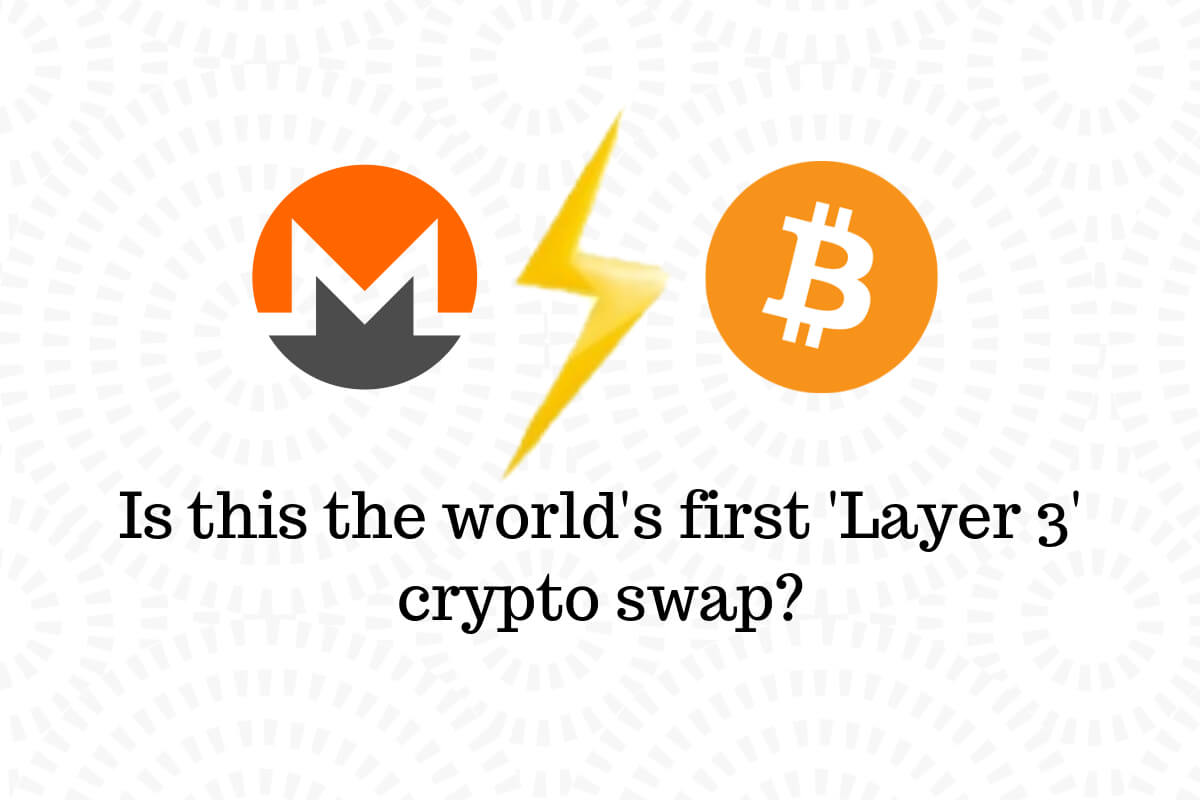

Twitter user RainDogDance has posted a tweet detailing how he has mined just a single Satoshi worth of cryptocurrency in his web browser – then instantaneously had the proceeds sent to himself via the Lightning Network.
He went on to clarify that, “the actual mining process is with Monero, but the payout is in Lightning and the balance is updated instantly (as well as instant withdrawals).”
As a reminder, a ‘Satoshi’ is currently the smallest unit of Bitcoin recorded on Bitcoin’s blockchain. It equates to one hundred millionth of a single Bitcoin, or 0.0000001 BTC. The USD value of a Satoshi today equates to around $0.00003.
The platform RainDogDance used was ‘MicroMine,’ which is currently in its beta release. MicroMine enables users to mine for crypto with their browser, with eventual payment to themselves in Bitcoin through the Lightning Network.
What is interesting about RainDogDance’s tweet is that he was able to mine the Satoshi without having a pre-existing Lightning Network channel open or even a cryptocurrency wallet. To achieve this, in tandem with utilising MicroMine, he also used the Bitrefill protocol for the direct Lightning payout.
On Reddit, the user TheGreatMuffin provided some extra clarity on the complicated process, suggesting that this transaction may qualify as one of the first ever ‘Layer 3’ crypto applications.
“The actual earning and transacting of the Satoshis does indeed happen on a ‘third layer’, which is not trustless (as you trust the site to pay you out), but is super convenient (as the user does not need to have any wallets/channels set up).”
“The [Lightning] balance is updated instantaneously as well, as soon as the mining is stopped/paused.”
TheGreatMuffin carried on to say that this was one of the advantages of using a multi-layered solution, stating: “You can do trade-offs (here: gaining convenience for losing trustlessness, and also enabling micro-payments, which are not possible on-chain), which are not possible on the basis layer (which is trustless, permissionless, and censorship-resistant, but not always easy to use).”
The entire situation is quite technical and complicated. However, it is pretty remarkable that someone has been able to mine such a small amount of value and have all the payments and swaps happen instantaneously across multiple networks and platforms, without having his final reward lost in fees.
If this level of interoperability and speed across multiple networks and blockchains isn’t considered a ‘Layer 3’ solution, then I don’t know what is!
For more information and guides from Coin Rivet, click here.
Denver, Colorado, 24th February 2025, Chainwire
Denver, Colorado, 20th February 2025, Chainwire
Washington, D.C., 18th February 2025, Chainwire
Dubai, UAE, 27th January 2025, Chainwire
Those who enter the market at this time may be surprised to hear that Bitcoin…
George Town, Grand Cayman, 22nd November 2024, Chainwire